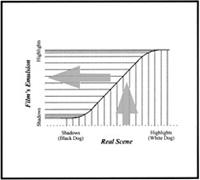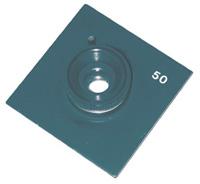Darryl C. Nicholas
|
Apr 01, 2001
|
Mar 01, 2001
|
Feb 01, 2001
|
Jan 01, 2001






